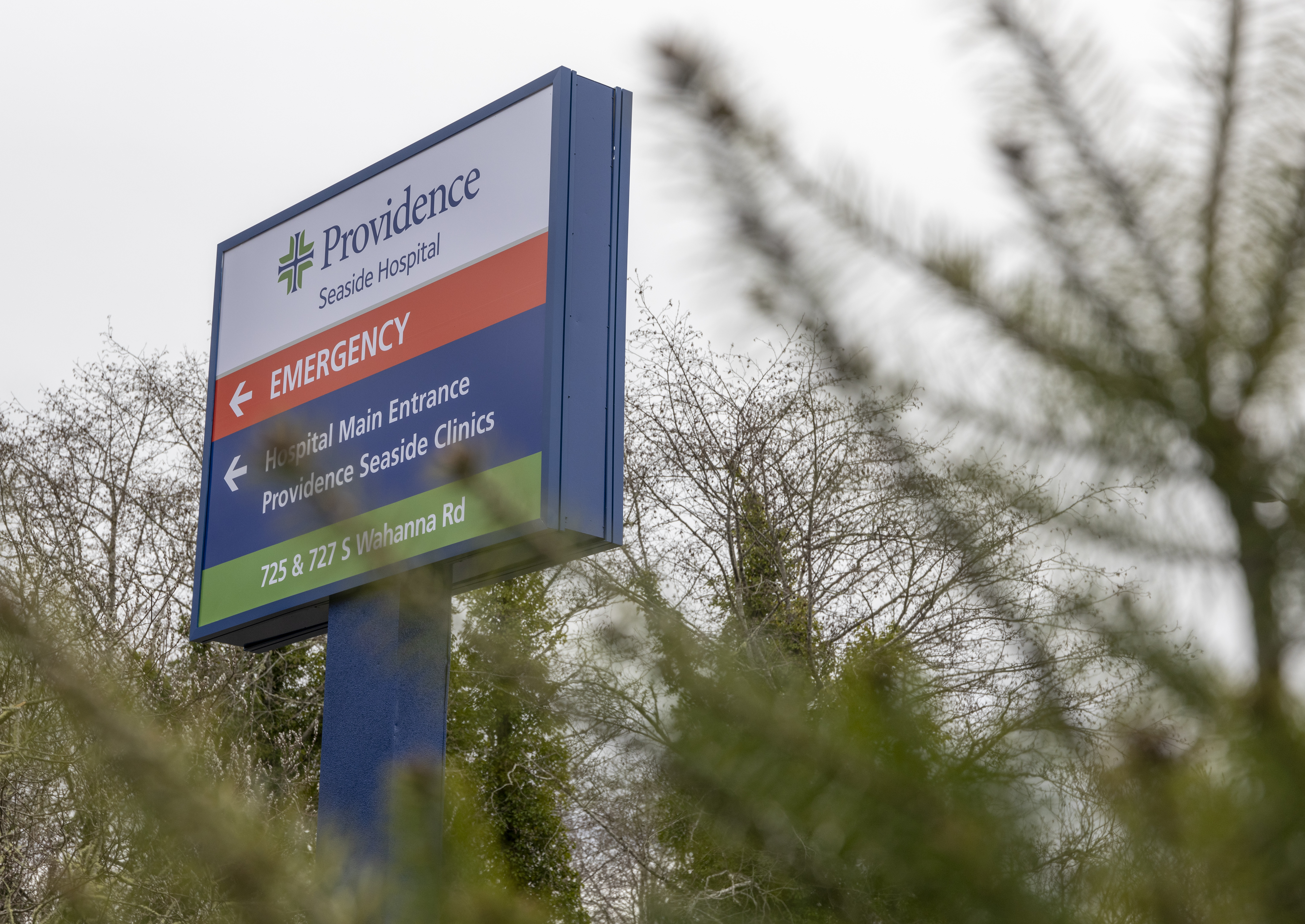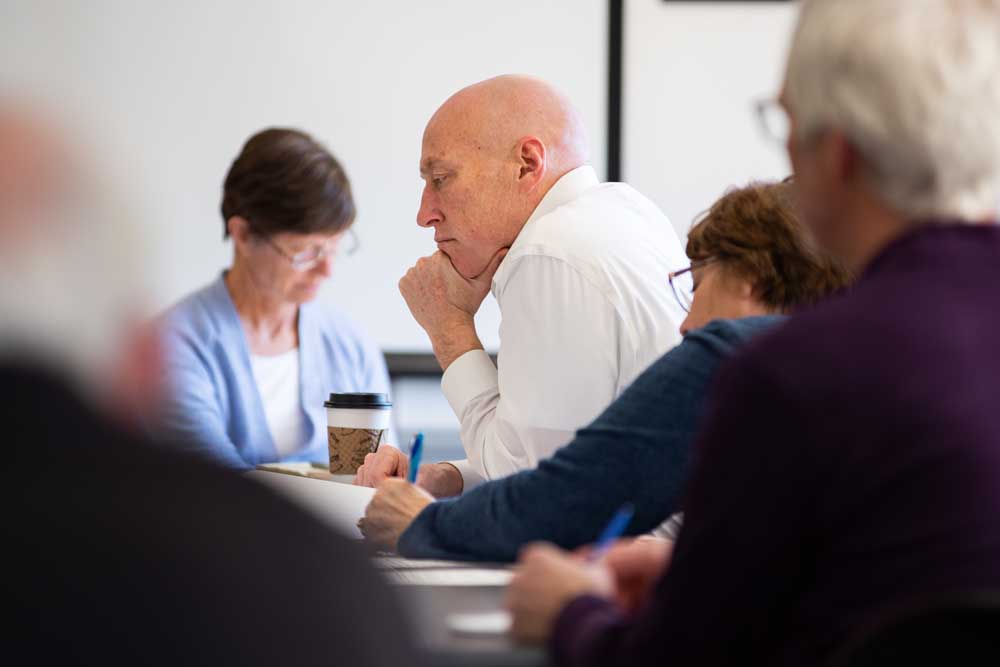Oregon universities have long history
Published 4:00 pm Monday, March 27, 2006
Commenting on the suggestion that the Legislature sell off one of its universities, a reader writes, “Why do we have two flagship institutions within 50 miles of each other and an underfunded commuter school in our largest metropolitan area?”
Trending
The answer is Harvey Scott, the editor of The Oregonian from 1865 to 1870, then after a stint as U.S. Collector of Customs, from 1877 until his death in 1910. Scott opposed public high schools – he called them schools for “drones” – and he opposed public colleges and universities.
Scott believed the largest number of people needed no more than an eighth-grade education. An aristocracy of “natural leaders” would emerge and get further education at private colleges that offered a “classical” education. This educated elite would govern civic life. Scott believed he was a self-made man – he came out on the Oregon Trail in 1852 with nothing – and felt any man should succeed as he had.
Then, as now, The Oregonian was regarded as an influential newspaper – by Portlanders, at least.
Trending
Scott’s Victorian elitism was out of step with most of the Legislature’s egalitarians who felt that private colleges were too few and too sectarian.
When the Legislature finally decided to charter a public, secular university, it had to do so over the considerable opposition of Scott’s newspaper.
Supporters of establishing Oregon public universities succeeded by simply avoiding Portland and Scott’s opposition. It proved a durable strategy.
Matthew Deady, Oregon’s first U.S. District judge, led the effort to establish Oregon’s first public university, despite Scott’s opposition. Lawmakers eventually chose Eugene, Oregon’s other population center, where the idea of a public university was more welcome. It opened in 1873. Deady was president of the Board of Regents of the State University from 1873 to ’93.
Oregon State University’s origins were also influenced by Portland’s preference for commerce over education.
After the South seceded at the beginning of the Civil War, Congress passed a flourish of legislation encouraging westward expansion. The Morrill Act granted states 30,000 acres of federal land for each member of their congressional delegation to be sold and the cash used to finance a state university specializing in engineering, agriculture and military science.
In the 1860s, Marion, Benton and Linn counties were the heart of Oregon agriculture. In 1868, the Legislature named a teacher training academy in Corvallis as Oregon’s land-grant institution and renamed it Corvallis State Agricultural College.
Private colleges, which were the first Oregon institutions to train teachers, suffered from a high rate of financial failure. The Legislature responded by founding the state’s first public normal school in Monmouth in 1882 – Oregon Normal School.
Those three institutions served the state until the population boom after World War I. In 1926, the Legislature created Southern Oregon Normal School in Ashland to train teachers and added Eastern Oregon Normal School in La Grande in 1929.
Lawmakers considered it unreasonable to ask teachers who were going to practice their trade in the Rogue Valley or far Eastern Oregon to move to the Willamette Valley to get their education. Oregon’s highway system was rudimentary at best in the 1920s and trains were expensive.
World War II industrialized the American West. Thousands of veterans returned to Oregon and thousands of veterans who had served here, moved here. Oregon’s population grew 50 percent during the 1950s.
The GI bill paid for a college education for everyone who served. The enrollment crush was astonishing. The Legislature turned the normal schools in Monmouth, Ashland and La Grande into liberal arts colleges to meet the demands of veterans.
In Portland, the crush of veterans was handled by private colleges and the Vanport Extension of the State System of Higher Education.
The Vanport Extension was wiped out by a flood in 1948 and eventually relocated in an abandoned high school in downtown Portland. It was renamed Portland State College in 1955 and authorized to offer four-year degrees.
Through the wheeling and dealing of State Sen. Don Willner, D-Portland, the Legislature grudgingly gave in to Portland’s postwar entreaties and named Portland State a university in 1969. Portland’s modern boosters finally expunged the legacy of Harvey Scott whose stubborn elitism had cost them a state university 100 years earlier.
This tale is not an argument to keep all six universities open because we always have. It is an argument for Abraham Lincoln’s dictum, “We cannot escape history.”
Each of the state’s six universities is deeply woven into the fabric of their communities. To close any one of them would tear the fabric of that community, adversely affecting the economy, property values and culture.
That is a terrible price to pay for the legislative leadership’s benign neglect of the carefully nurtured public patrimony it has inherited from the generations of Oregonians who preceded them.
Russell Sadler is a Eugene-based writer.









